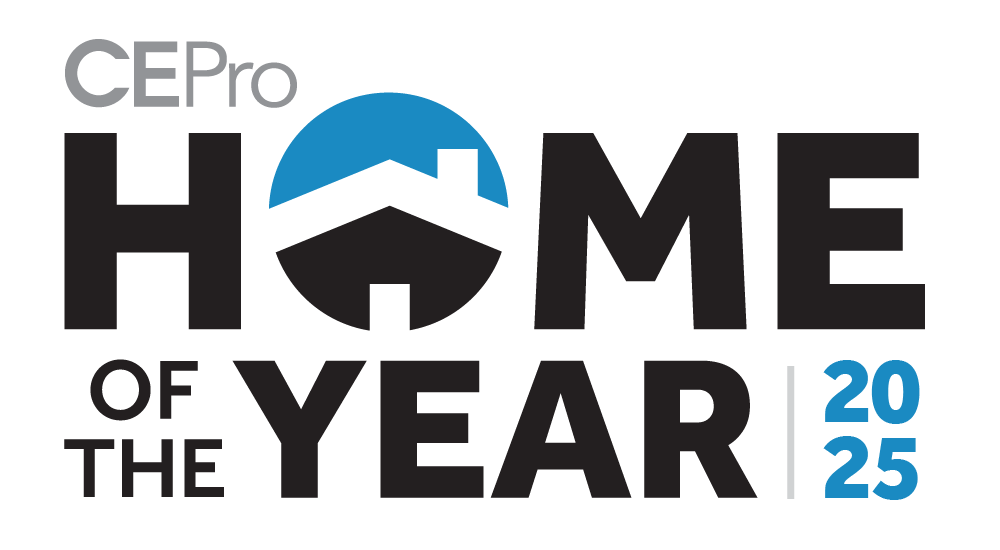A few weeks ago I found myself at a live music festival standing in front of the left speaker stack, adult beverage in hand, grooving to the music.
And then it hit me — I could hear all the members of the band including the ones on the opposite side of the stage, even though I was standing in front of only one speaker. How could that be?
Simple, the mix was mono, not stereo … and therein lies a lesson for residential integrators.
I could see that the mixing board and amps were all stereo devices, and yet the sound crew chose to mix down to mono. Why? They understood that many people in the audience would be standing far from the center axis of the speakers; for those people, some of the instruments would be hard to hear and the stereo effect would be lost on them.
Indoor music as well as indoor and outdoor home theater applications should, of course, be stereo and surround sound respectively, because the audience is generally seated in a defined area and can enjoy the lifelike imaging that only multichannel audio provides. But in the case of many outdoor audio scenarios, mono may be your best option.
Commercial integrators who install restaurant and bar systems have long appreciated the joy of mono sound. They understand that with tables widely scattered around the room and patrons focused on the food, drink, and conversation, stereo imaging is unnecessary and uniform coverage is primary. Below are some considerations for residential integrators.
Coverage and Control for Outdoors
The goal of outdoor audio should be achieving evenly distributed sound with minimal unwanted “hot” (overly loud) and “cold” (less audible) zones. The sheer size of outdoor areas, the mobility of listeners and the lack of reflecting walls make achieving uniform sound coverage outdoors far more difficult than in any indoor setting.
In the right setting, such as a small deck or patio, a pair of speakers running in stereo is a good way to go. In larger settings, however, mono is ideal because outdoor listening is rarely focused, critical listening, and listeners are less likely to be clustered in the stereo sweet spot. Finding appropriate locations for equidistantly spaced left and right channel speakers can be a challenge in some areas as well. I bet you’ll appreciate having fewer speaker placement issues!
Listeners are more likely to appreciate hearing all of the music at reasonably uniform volume levels throughout the area than they are to appreciate stereo imaging. With a mono system every listener will hear all of the music on the recording, not just one channel as they move around the outdoor space.
Most A/V receivers provide a mono mode on the processor controls, and many power amplifiers, particularly 70V amps, have mono switches to feed left and right channels into all speaker outputs.
Now you can gain the other benefit of mono sound — greater control in systems with subwoofers. Use one of the amp channels to drive just the subwoofer(s) in the system and the other to drive the full-range speakers. Use the amp’s independent channel volume pots (if available) or the balance control to set the relative level of bass to the mid/high range for better-balanced sound.
The Potency of Omnidirection
To achieve the most uniform sound coverage outdoors, consider the use of omnidirectional speakers that radiate sound in a 360-degree pattern.

The image to the left shows how to position omni speakers (running in mono) to achieve maximally even sound coverage. When planning the distance between speakers, keep in mind the inverse square law: for every doubling of distance from the sound source, SPL drops by 6dB. If a speaker’s SPL at 1 meter (3.25 feet) is 90dB, it will be 84dB at 2 meters and 78dB at 4 meters.
The overlaps in coverage radii shown in the illustration are necessary to mitigate the effects of SPL dropoff. Where the sound output of two identical speakers overlap, sound pressure in the overlapping area increases in intensity by several dB, depending on the spacing of the speakers. Mono sound and this hexagonal placement pattern work great when you need to cover a large room with sound using ceiling speakers, too.
Consider the Application
I am far from anti-stereo. There is little I enjoy more than sitting down in a comfy chair in front of my speakers soaking in the three-dimensional illusion that a band is performing in my man cave.
The key in deciding which approach is right for your clients is asking the right questions. How much area do you want to cover with sound? Will the layout permit symmetrical placement of stereo speakers? Where are people likely to be sitting/standing while music is playing? Will listening to music be the focus or background?
Understanding your client’s needs and applying the most appropriate technology to modern-day audio challenges will make your clients happier, your job easier, and turn you into a hero.
Author William Kieltyka is division general manager for NEAR, a Division of Bogen Communications.






